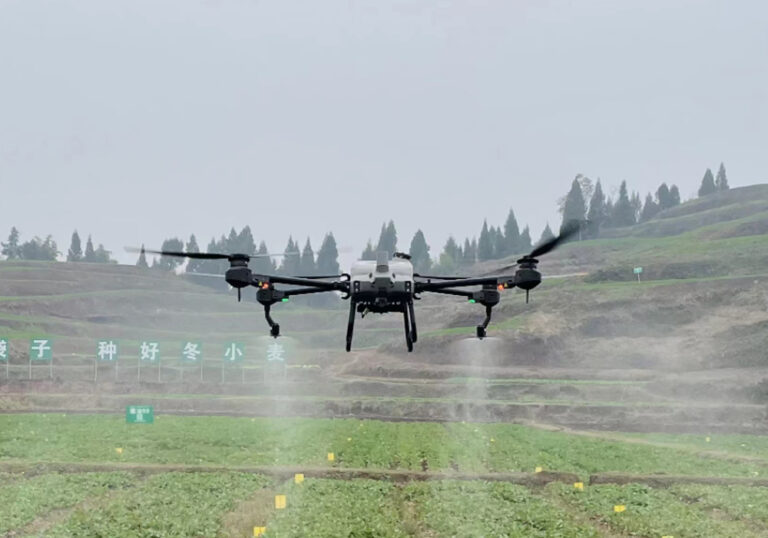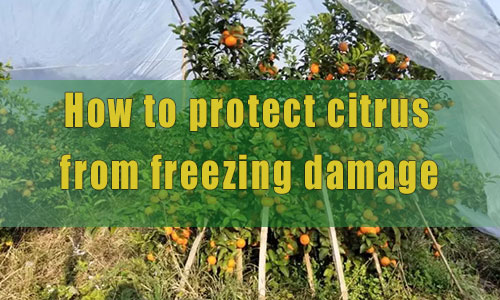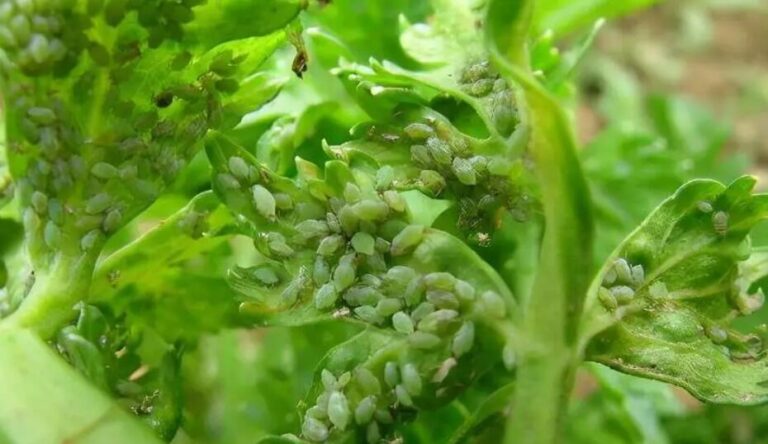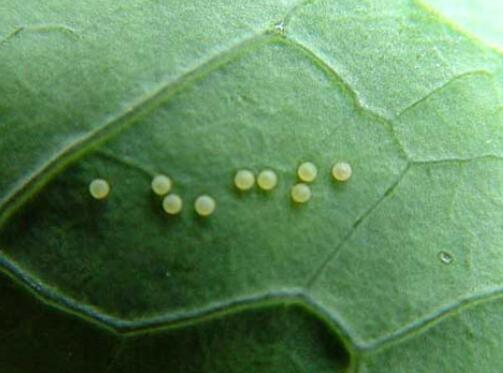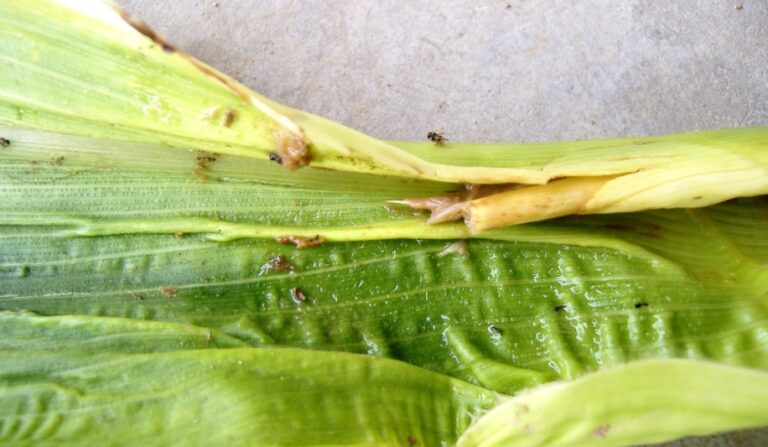Wheat is one of the most widely distributed major food crops in the world. Its output and sown area account for about 1/3 of the world’s food. Weeds are one of the most threatening in wheat fields.It is seriously affecting the high and stable yields of wheat.
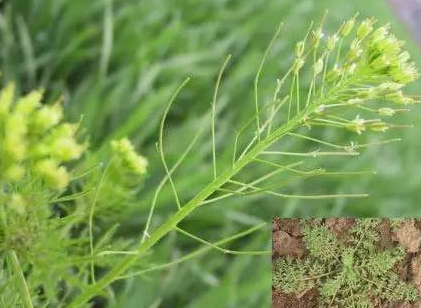
Today we mainly talk about weeds in wheat fields.
Weeds in wheat fields are mainly divided into two categories.Broadleaf weeds and Gramineae weeds.
The following is a detailed introduction to the identification characteristics of main weeds in wheat fields:
Broad-leaf weeds in wheat fields are dicotyledonous plants.Herbaceous or woody, with two cotyledons in the embryo, wide leaves, petioles and reticulated veins.
And common broad-leaf weeds in wheat fields include Artemisia vulgaris, shepherd’s purse, aphrodisiac, spinach, bindweed, etc.
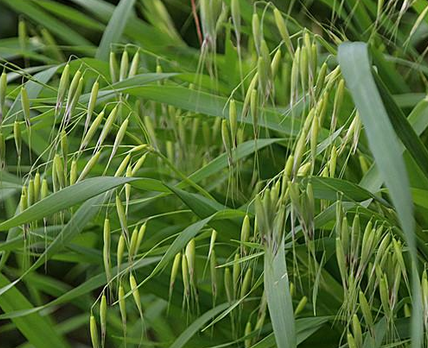
Graminous weeds are monocotyledonous plants with one cotyledon in the embryo and a cylindrical or flat stem with nodes and hollow internodes. In fact ,the leaf sheath is open, has a ligule and the leaves are narrow and long, so it is also commonly known as “tip-leaf grass”. Common gramineous weeds in wheat fields include wild oat, wheatgrass, ryegrass, ryegrass, crabgrass, goosegrass, setaria, etc.
Different types of weeds in different wheat fields require different pesticides. So only by identifying the weeds and choosing the right pesticide can we get rid of them.
If you need to purchase herbicides in bulk, please contact Awiner. Then our team will be your one-stop solution to your weeding problems.Our expert agricultural technicians will answer any of your weeding questions.

